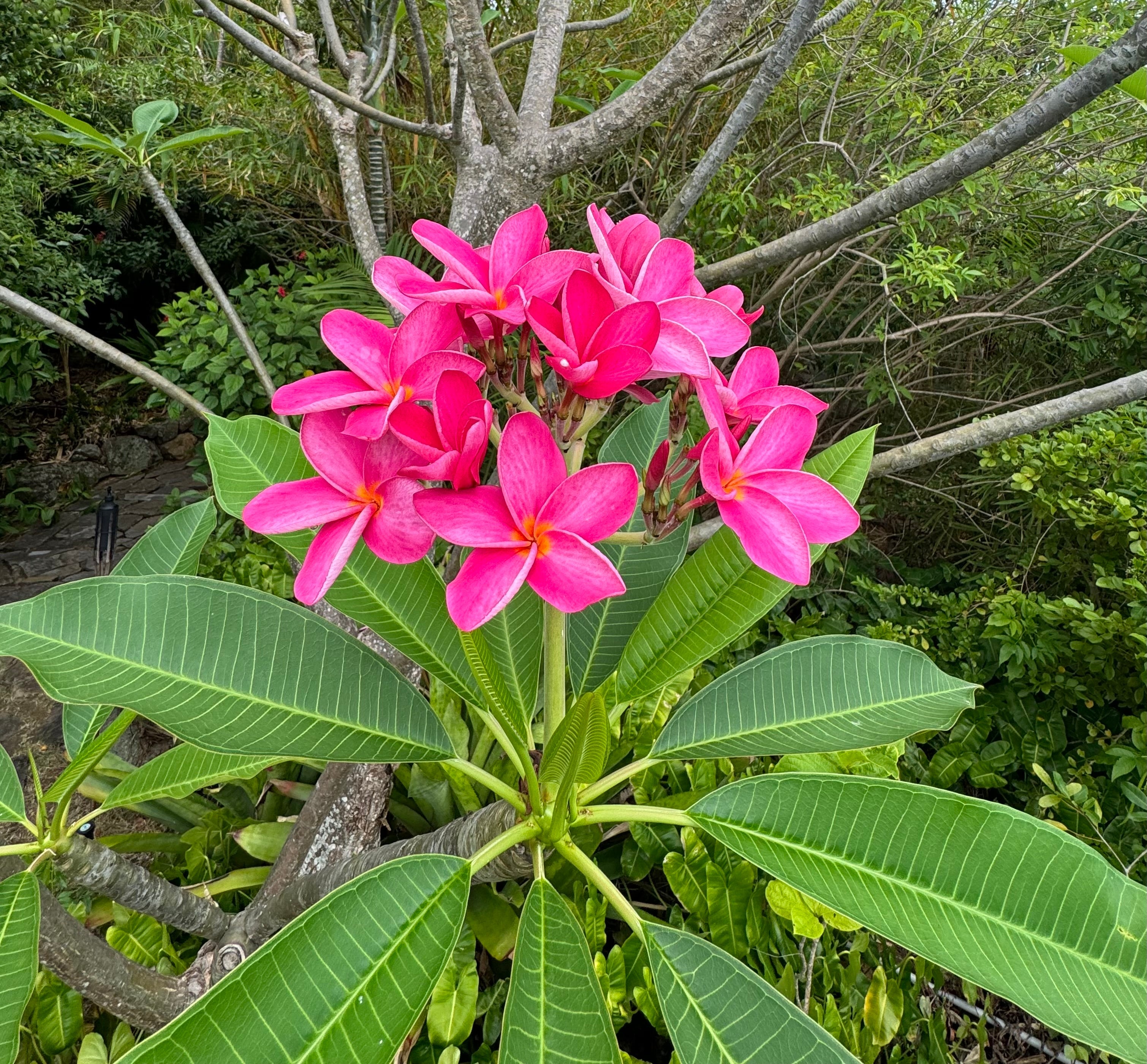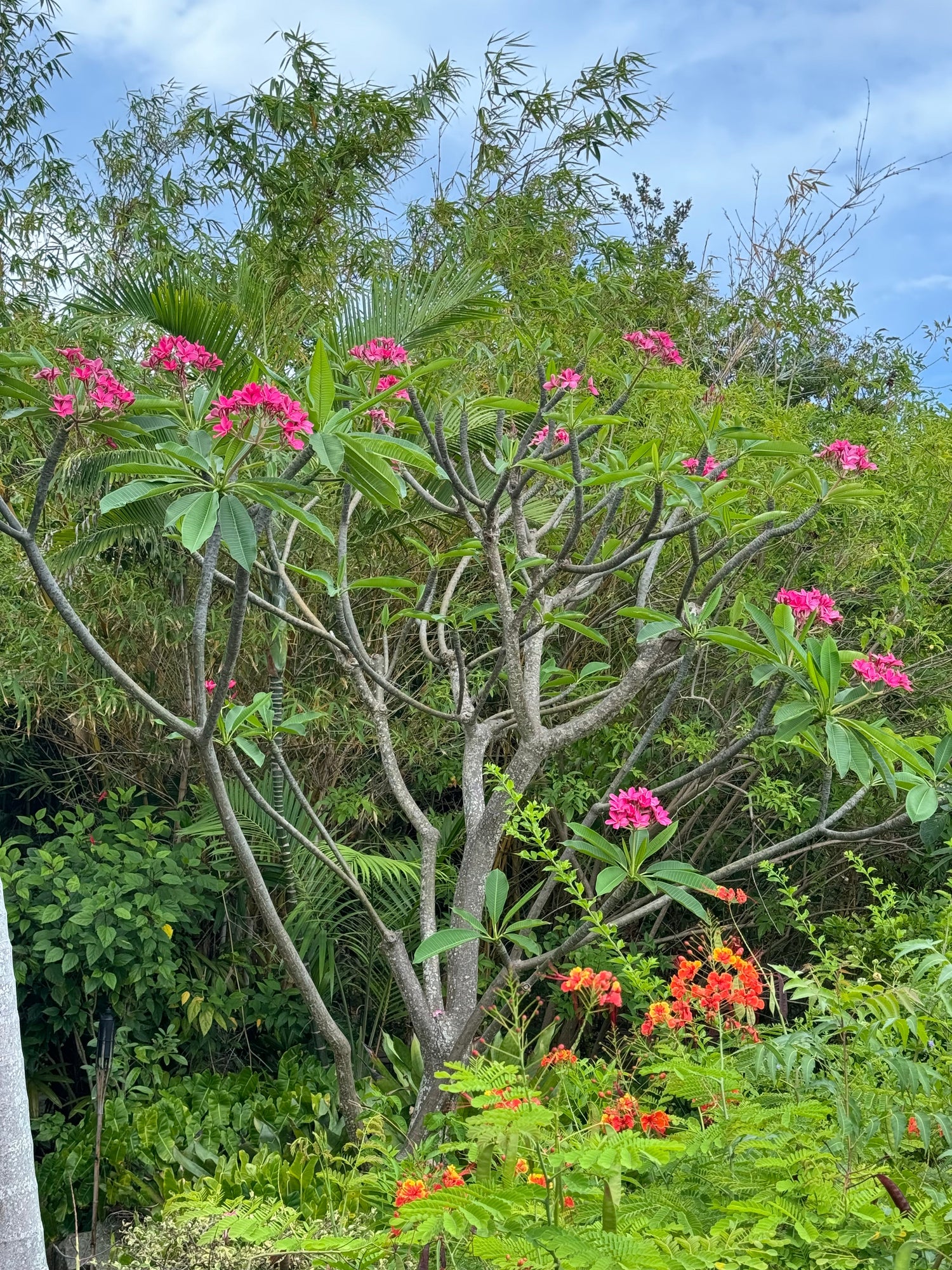The Enchanting Plumeria: A Tropical Treasure
The Plumeria, also affectionately known as Frangipani, stands as a testament to tropical beauty and fragrance. Its captivating blossoms, swirling in shades of white, yellow, pink, and red, exude a sweet, heady aroma that has captivated hearts for centuries. Beyond its aesthetic appeal, the Plumeria holds cultural significance in many parts of the world, symbolizing beauty, new beginnings, and even immortality. This comprehensive guide delves into the fascinating world of the Plumeria, exploring its origins, characteristics, cultivation, and cultural importance.
A Journey from the Tropics
The Plumeria genus, belonging to the Apocynaceae family, is native to the tropical and subtropical regions of Mexico, Central America, the Caribbean, and South America. The name “Plumeria” honors Charles Plumier, a 17th-century French botanist who documented several plant species during his expeditions to the New World. “Frangipani,” on the other hand, is attributed to an Italian noble family, the Frangipanis, who created a perfume resembling the flower’s scent.
Botanical Characteristics

Plumeria trees are deciduous shrubs or small trees, typically growing up to 25 feet tall. They are characterized by their thick, succulent branches and large, elliptical leaves. The most striking feature, of course, is the flower. Each blossom consists of five overlapping petals, forming a pinwheel shape. The flowers grow in clusters at the tips of branches, creating a vibrant display.
Varieties and Colors
Plumeria cultivars are numerous, showcasing a wide spectrum of colors and petal shapes. Some popular varieties include:
White and Yellow: Classic Elegance
Plumeria alba: Known for its pure white flowers with a yellow center and intense fragrance.
Pink and Red: Vibrant Hues
Plumeria rubra: A highly variable species with flowers ranging from deep red to vibrant pink, often with yellow or orange accents.
Multi-Colored: A Symphony of Shades

Ideal Growing Conditions
Plumerias thrive in warm, sunny climates. They prefer well-draining soil and require at least six hours of direct sunlight per day.
Soil and Watering
Use a well-draining soil mix, such as a blend of potting soil, perlite, and sand.
Fertilization
Feed Plumerias with a balanced fertilizer during the growing season (spring and summer).
Propagation
Plumerias can be propagated through cuttings or seeds.
Cuttings: A Popular Method
Take cuttings from mature branches during the dormant season.
Seeds: A More Time-Consuming Process
Plumeria seeds can be collected from mature seed pods.
Pest and Disease Control
Plumerias are generally resistant to pests and diseases, but they can be susceptible to:
Spider mites: Treat with insecticidal soap or neem oil.
Winter Care
In colder climates, Plumerias need to be protected from frost.
Bring potted Plumerias indoors before the first frost.
Symbolism and Meanings
The Plumeria holds deep cultural significance in many parts of the world.
Hawaiian Leis: A Symbol of Aloha
Buddhist and Hindu Traditions: Sacred Flowers
In Buddhist and Hindu traditions, Plumerias are often planted near temples and are associated with devotion and spirituality.
Southeast Asia: Beauty and Fragrance
Central America: Associated with spiritual beings.
Medicinal Uses
While primarily known for their ornamental value, Plumerias have also been used in traditional medicine.
Some cultures use Plumeria extracts to treat skin conditions, inflammation, and digestive issues.
Landscaping and garden Design
Plumerias are versatile plants that can be used in a variety of landscaping and garden designs.
They can be planted as specimen trees, in containers, or as part of a tropical garden.
Cut Flowers and Fragrance
Plumeria flowers can be used as cut flowers, adding a touch of tropical elegance to any arrangement.
Their long-lasting fragrance makes them ideal for potpourri and scented oils.
A Gift of Tropical Delight
A Plumeria plant or a bouquet of Plumeria flowers makes a thoughtful and unique gift.
The Plumeria, with its captivating beauty, intoxicating fragrance, and rich cultural significance, is a true treasure of the tropics. Whether you are a seasoned gardener or simply an admirer of nature’s wonders, the Plumeria is sure to enchant and inspire. Its versatility, ease of cultivation, and enduring appeal make it a beloved plant around the world. From the vibrant hues of its blossoms to the sweet scent that fills the air, the Plumeria offers a glimpse into the magic of tropical landscapes. It is a plant that continues to capture hearts and minds, a testament to the enduring power of nature’s beauty.


